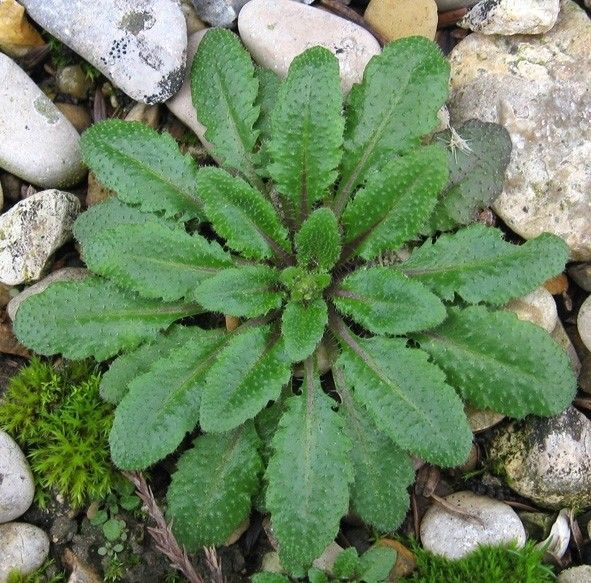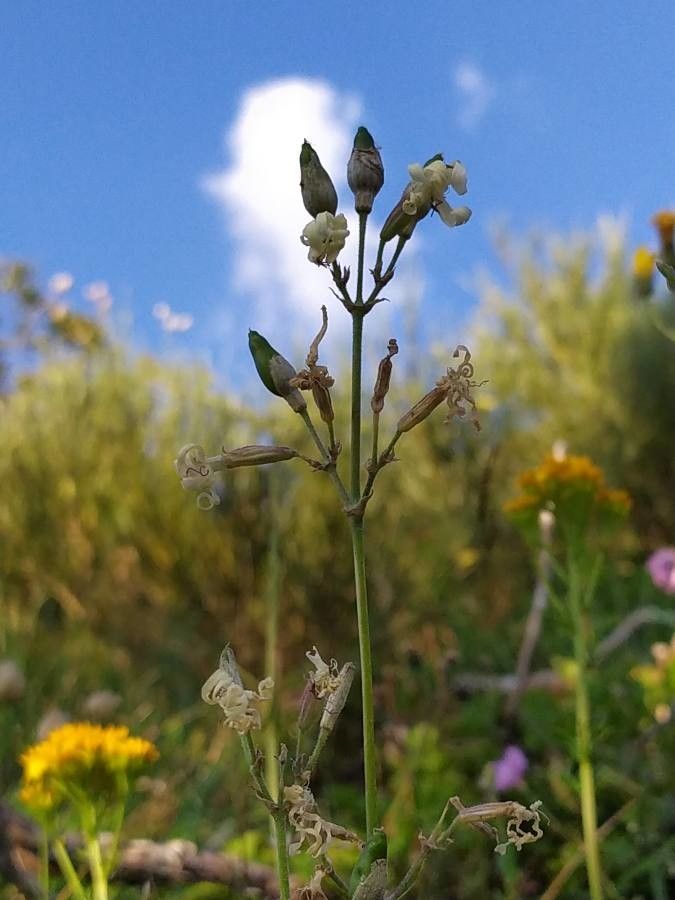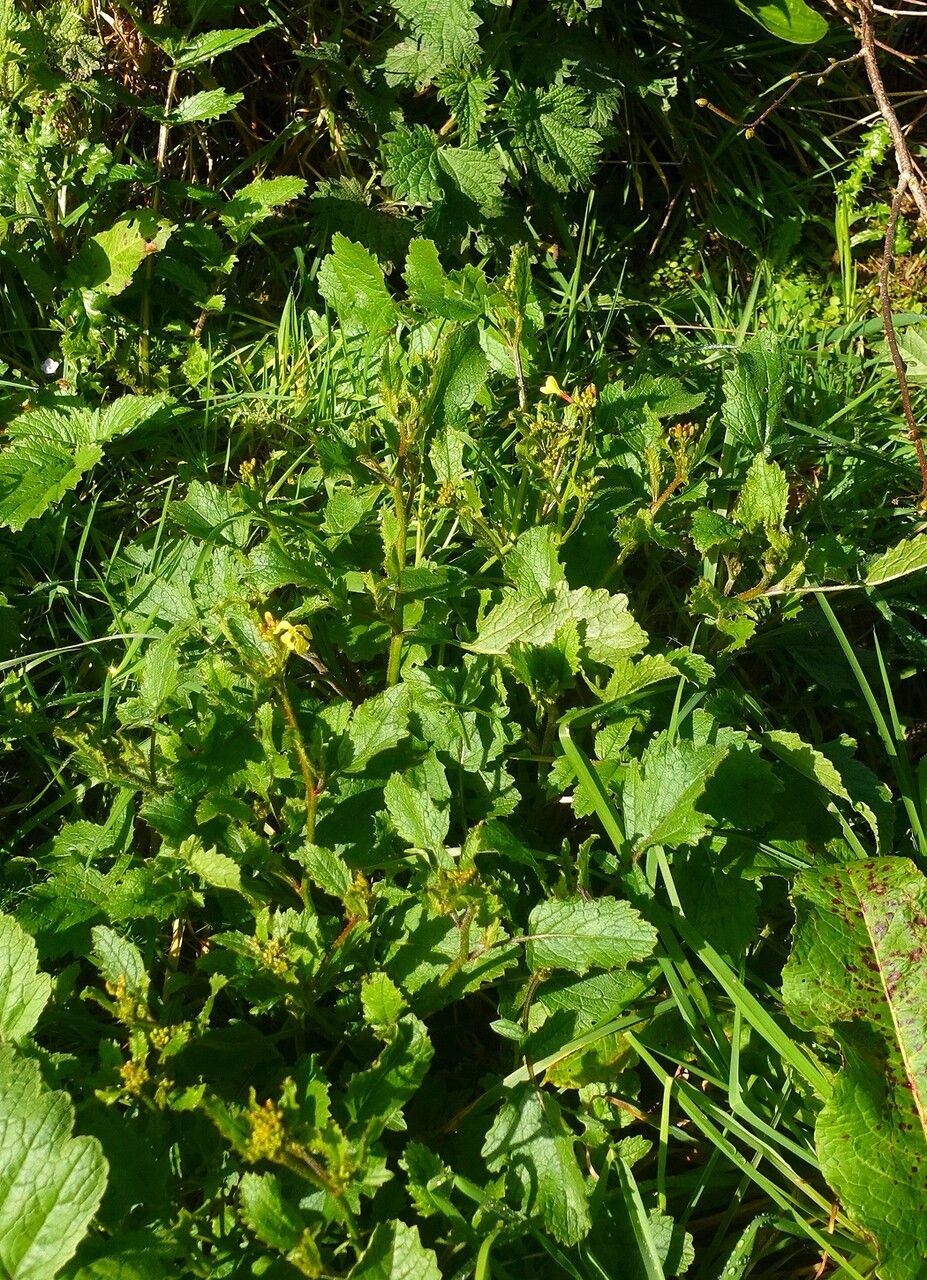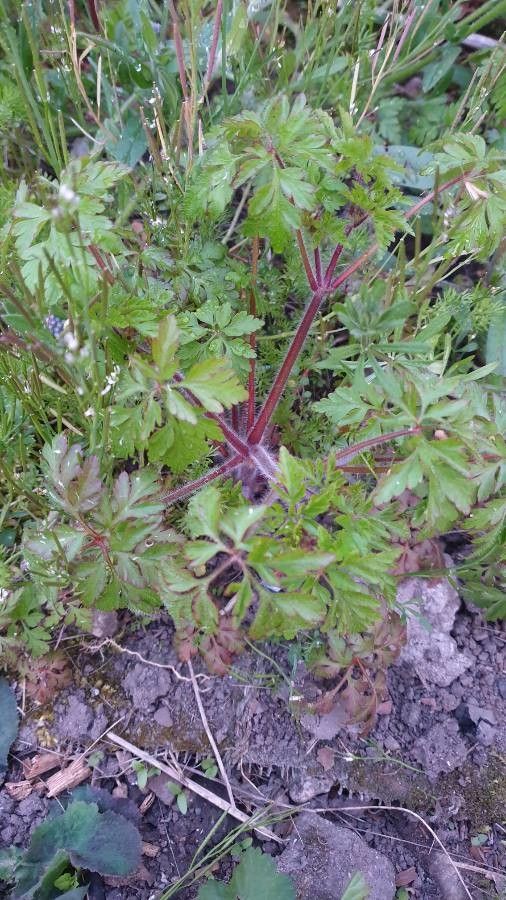## Mouse-ear Cress: A Comprehensive Guide
Mouse-ear cress ( *Arabidopsis thaliana* ) is a small, unassuming plant belonging to the Brassicaceae family, better known as the mustard or cabbage family. While often overlooked, this tiny flowering plant holds a significant place in the world of botany, particularly as a model organism for genetic research. However, its unassuming nature and widespread presence also make it a fascinating subject for gardeners and nature enthusiasts alike.
### Identification
Identifying Mouse-ear Cress is relatively straightforward once you know what to look for. The plant is typically small, rarely exceeding 30cm in height. It features basal rosettes of small, hairy, spatula-shaped leaves, giving it its characteristic “mouse-ear” appearance. The stems are erect and branched, bearing small, white, four-petaled flowers. These flowers are small, but numerous, often appearing in abundance in early spring. The siliques (seed pods) are slender and upright, containing tiny seeds.
### Habitat and Growth
Mouse-ear cress thrives in a variety of habitats, making it a common sight across the globe. It prefers well-drained soil and can be found in disturbed areas, fields, roadsides, and even cracks in pavements. It's quite adaptable to different soil types but favors slightly acidic to neutral conditions. This adaptability contributes to its success as a widely distributed species.
### Sun Exposure and Soil Needs
Mouse-ear cress tolerates full sun to partial shade. It's a hardy plant that can survive in less-than-ideal conditions. While it thrives in well-drained soil, it can tolerate a range of soil types, from sandy to loamy, as long as it isn’t waterlogged. It is not particularly demanding in terms of soil nutrients.
### Cultivation and Care
While Mouse-ear cress is rarely cultivated intentionally, it’s relatively easy to grow from seed if desired. Simply scatter seeds onto prepared soil in early spring or fall. Minimal care is required once established; however, regular weeding might be necessary to keep other plants from overwhelming it. It is a relatively short-lived plant, usually completing its life cycle within a single year.
### Mouse-ear Cress and its Scientific Importance
Beyond its botanical interest, *Arabidopsis thaliana* holds immense scientific value. Its small genome size, short generation time, and ease of cultivation have made it a model organism for genetic research, providing critical insights into plant biology and genetics. Many of our understandings of plant growth and development, gene function and regulation, and response to environmental stress have come from studies on Mouse-ear cress.
### Mouse-ear Cress as a Weed?
While not typically considered a serious agricultural weed, in certain circumstances, Mouse-ear cress can be abundant enough to compete with desired crops. However, its generally small size and limited impact mean it's not usually a major concern for farmers or gardeners.
### Conclusion
Mouse-ear cress, despite its unassuming appearance, is a fascinating plant with a rich history and ongoing scientific importance. Whether you're a seasoned botanist, a keen gardener, or simply curious about the natural world, understanding this common plant adds a new layer of appreciation for the intricate biodiversity around us.
Mouse-ear Cress: Planting, Care & Identification Guide

Frequently Asked Questions
How to identify Mouse-ear Cress?
Look for small, hairy, spatula-shaped leaves forming a basal rosette. The plant has erect stems with small, white, four-petaled flowers and slender, upright seed pods (siliques).
Is Mouse-ear Cress a weed or a wildflower?
Mouse-ear cress is generally considered a wildflower. While it can grow in disturbed areas and sometimes compete with crops, it’s not typically considered a serious weed.


